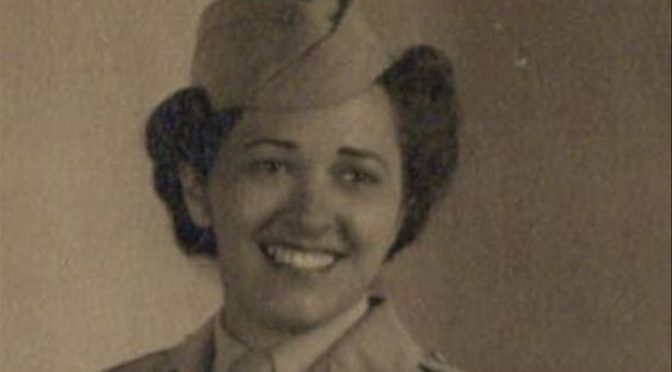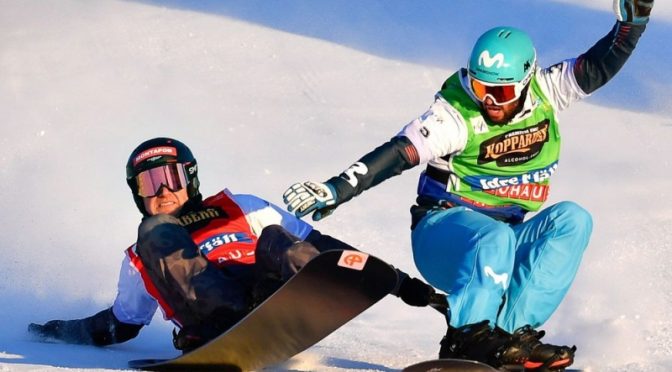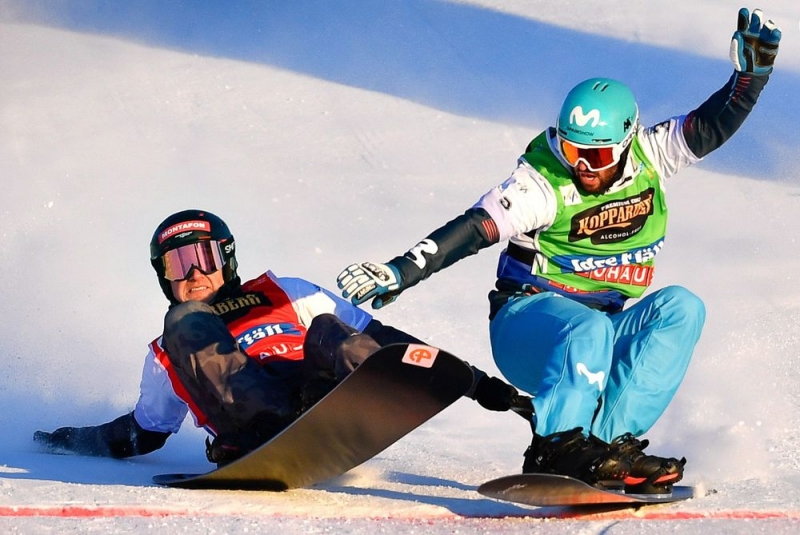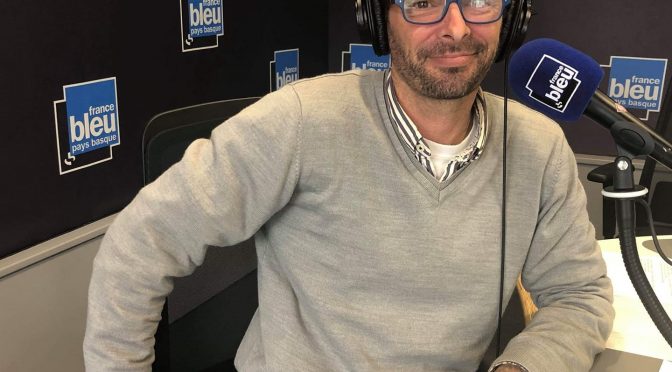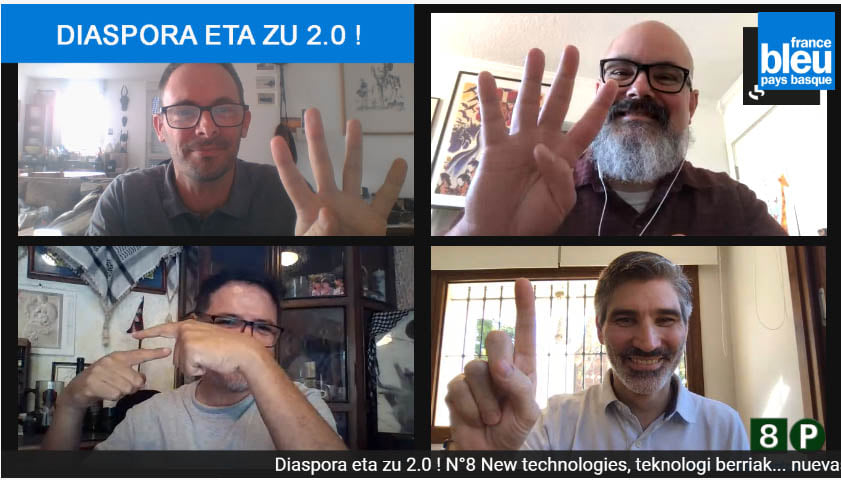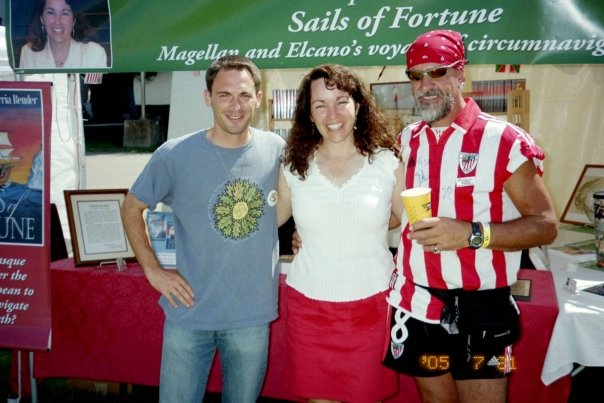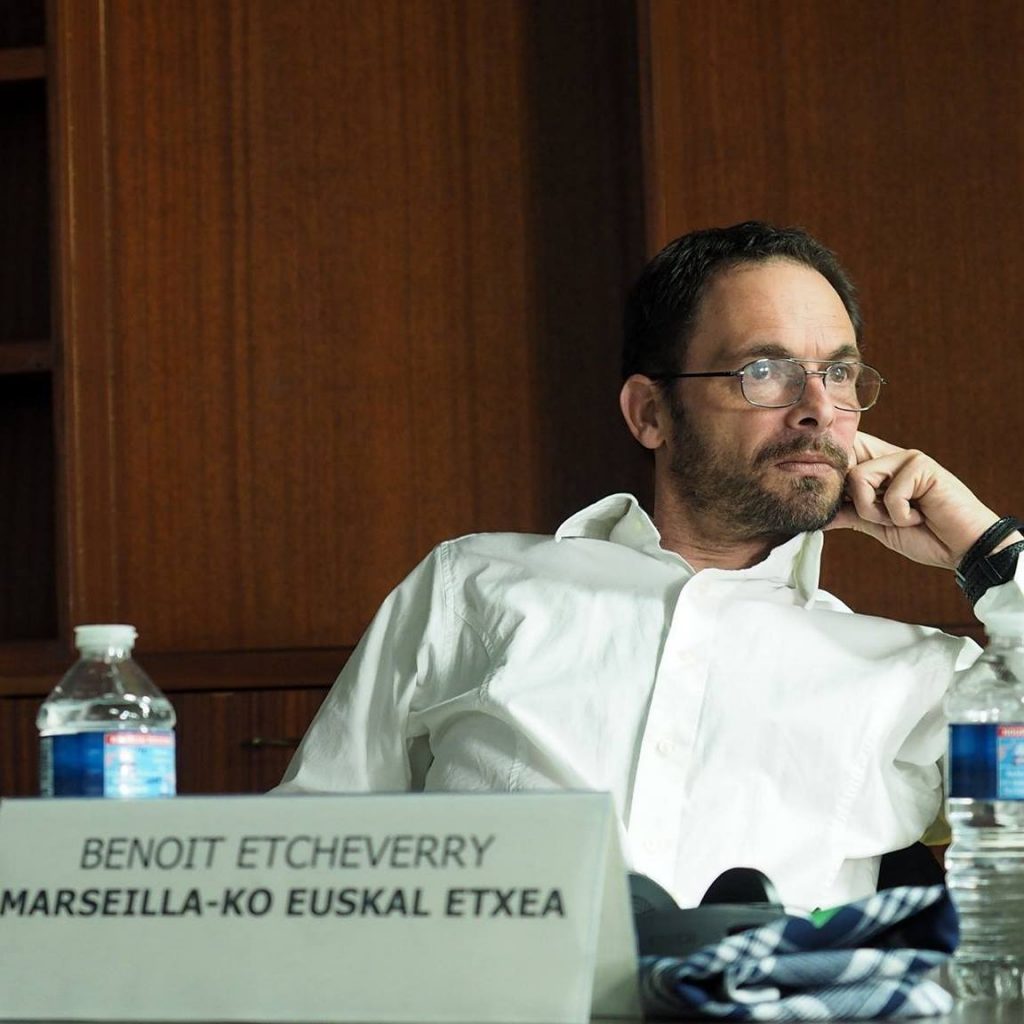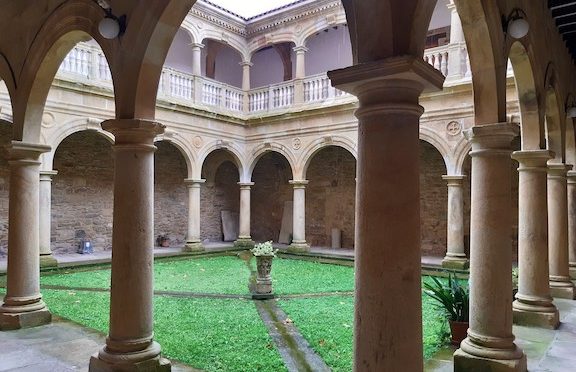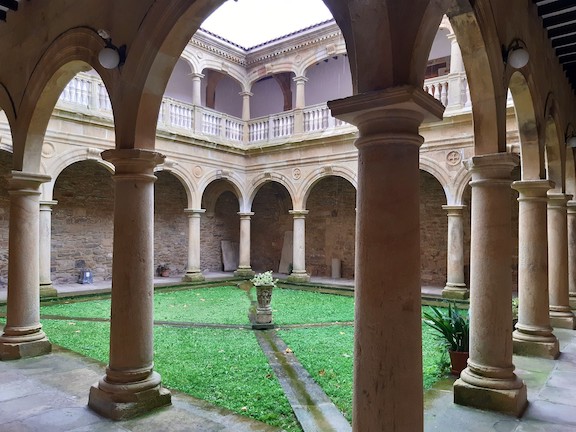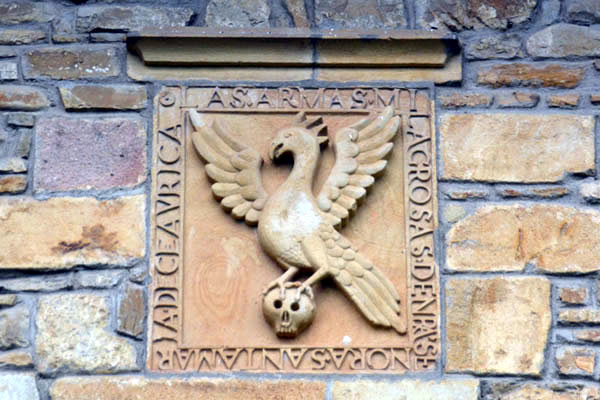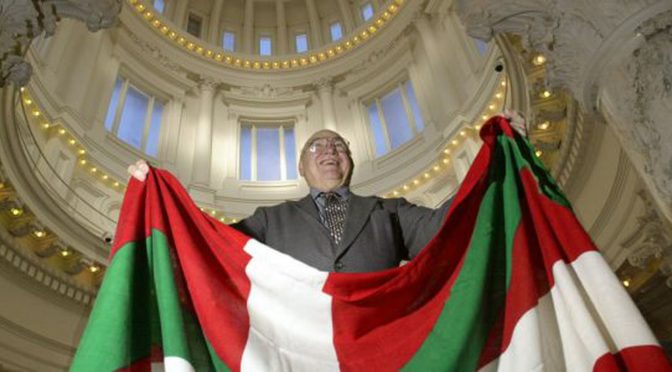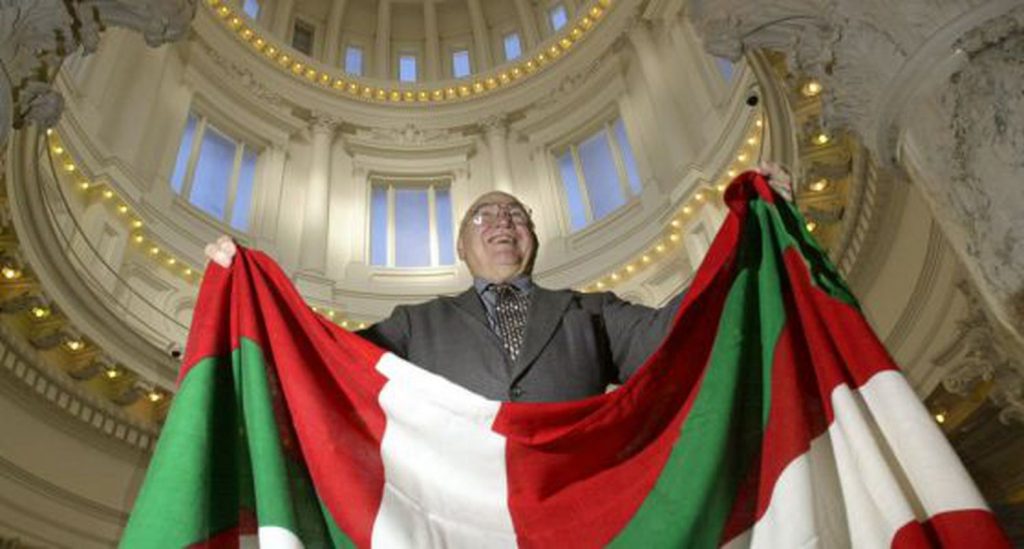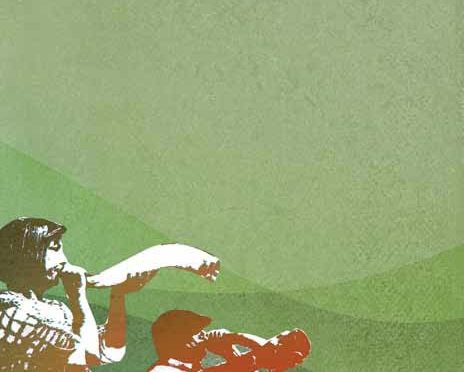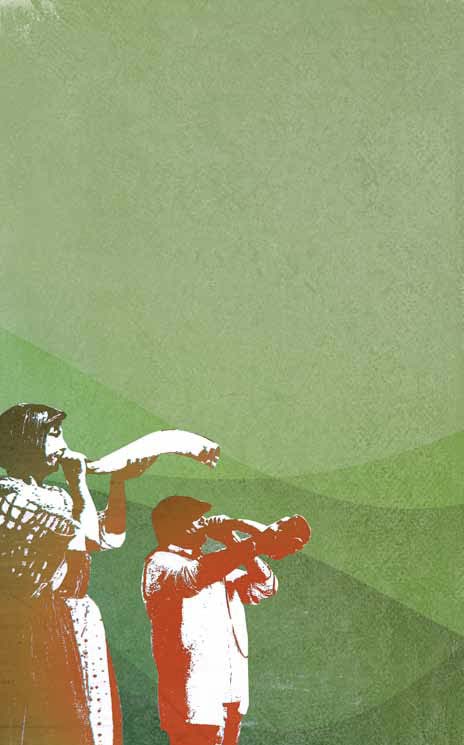This article originally appeared in its Spanish form in El Diario.
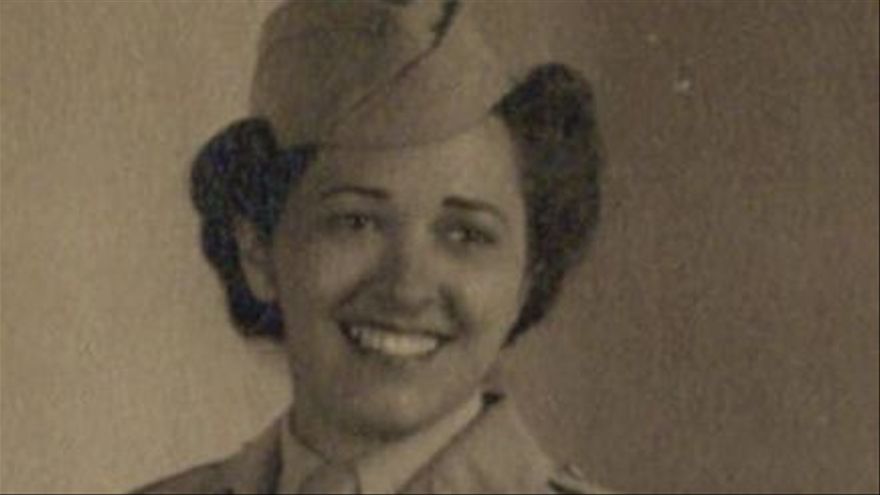
In “Spaniards against Hitler. At the service of the United States Army,” we presented the results of a preliminary analysis on the weight of Spanish emigration in the United States Army (USA) in World War II (WWII). In that work, we identified 1,194 men and two women from Spain who were enlisted in the US Army during the aforementioned war. They were part of a contingent of more than 300,000 foreigners (US citizens and non-citizens) who fought under the American flag.
Since the publication of that research (which continues to this day), more than a few people, public institutions and associations from the so-called field of historical memory have turned to the Asociación Sancho de Beurko Elkartea to get to know firsthand the objectives of the project “Fighting Basques: Memory of World War II,” and of course to find out and disseminate the identity of the two women (so far) who are part of the group of almost 1,200 veterans born in Spain. To all of them, our sincere thanks for their interest. This article is dedicated to the memory of these two women, trusting that the future will reveal the names of many other comrades in arms who participated in WWII. They are the Basque Cecilia Corcuera Berasategui and the Catalan Carmen Arabia i Gironés.

Corcuera and Arabia were two of the nearly 350,000 women who served in the various US military branches during WWII. With the aim of freeing soldiers from all work not related to combat itself, several military bodies (auxiliaries) were created at the beginning of the war, joining the already classic Navy and Army nursing units. Corcuera and Arabia voluntarily enlisted in the Women’s Army (Auxiliary) Corps (WAAC/WAC), created in May 1942. The WAC grew to 150,000 women, many of whom were destined for the different theaters of military operations. Never before had women, with the exception of nurses, served in the ranks of the US Army, becoming in turn the only auxiliary corps to serve overseas.
“Echoes of two wars, 1936-1945” aims to disseminate the stories of those Basques and Navarrese who participated in two of the warfare events that defined the future of much of the 20th century. With this blog, the intention of the Sancho de Beurko Association is to rescue from anonymity the thousands of people who constitute the backbone of the historical memory of the Basque and Navarre communities, on both sides of the Pyrenees, and their diasporas of emigrants and descendants, with a primary emphasis on the United States, during the period from 1936 to 1945.
THE AUTHORS
Guillermo Tabernilla is a researcher and founder of the Sancho de Beurko Association, a non-profit organization that studies the history of the Basques and Navarrese from both sides of the Pyrenees in the Spanish Civil War and in World War II. He is currently their secretary and community manager. He is also editor of the digital magazine Saibigain. Between 2008 and 2016 he directed the catalog of the “Iron Belt” for the Heritage Directorate of the Basque Government and is, together with Pedro J. Oiarzabal, principal investigator of the Fighting Basques Project, a memory project on the Basques and Navarrese in the Second World War in collaboration with the federation of Basque Organizations of North America.
Pedro J. Oiarzabal is a Doctor in Political Science-Basque Studies, granted by the University of Nevada, Reno (USA). For two decades, his work has focused on research and consulting on public policies (citizenship abroad and return), diasporas and new technologies, and social and historical memory (oral history, migration and exile), with special emphasis on the Basque case. He is the author of more than twenty publications. He has authored the blog “Basque Identity 2.0” by EITB and “Diaspora Bizia” by EuskalKultura.eus. On Twitter @Oiarzabal.
Josu M. Aguirregabiria is a researcher and founder of the Sancho de Beurko Association and is currently its president. A specialist in the Civil War in Álava, he is the author of several publications related to this topic, among which “La batalla de Villarreal de Álava” (2015) y “Seis días de guerra en el frente de Álava. Comienza la ofensiva de Mola” (2018) stand out.
Cecilia Joyce Corcuera Berasategui
Of the 117 Basques born in the current Autonomous Community of Euskadi (10% of the total enlisted from Spain), 108 were from Bizkaia. Five came from Gipuzkoa and only four from Araba. Among the latter we find Cecilia Joyce Corcuera Berasategui. Although most of them made the American West their second home, 38% stayed in New York, as was the case with Cecilia’s family.
Cecilia was born in 1916 in the Alava town of Arraia (today Arraia-Maeztu). Her father, Pedro “Peter” Corcuera Beltrán — born in 1887 in Subijana de Álava/Subillana-Gasteiz — and her mother, Serapia “Sophia” Berasategui Ormazabal — born in Arraia (other sources indicate Zalduendo) in 1886 — emigrated to Vancouver, in British Columbia, Canada, in 1910. He was a sailor. The first of their children, Felipe Tomás or “Philip Thomas” (1914-1998), was born in Vancouver. After five years in Canada, they returned to Europe. Pedro emigrated again in 1916, this time going to the United States. He settled in the city of Amsterdam in New York State, where he found a job as a night watchman in one of the many local carpet factories, work that he would carry out for the rest of his life. Cecilia along with her mother and her brother Felipe joined her father in 1920 after four long years of absence. She was barely four years old and it was the first time she had seen her father. The rest of the siblings would be born in Amsterdam: Margaret Julia (1922-1996), Joseph Martin (1924-2006), Elizabeth (1927-2015) and Richard (1931-2016).
In the 1930s, both her father and Cecilia achieved American citizenship. After studying at the Wilbur H. Lynch Institute in Amsterdam, Cecilia was working as a weaver in a carpet factory when she enlisted in the Women’s Army Corps on March 8, 1943, in Albany, the capital of New York State, only a month after her brother Joseph had enlisted. Cecilia was 26 years old. Two months later her father passed away. (Her mother would follow him in 1968.) Although we do not know many details of Cecilia’s military service, we believe that she performed her duties in the United States. On her uniform, she wore a patch of the Ports of Embarkation, a branch of the Army Transportation Corps with jurisdiction over the shipment of troops, weapons and supplies to port facilities, normally within US territory. To give us an idea of the enormity of this task, at the end of the war the Transportation Corps had moved more than 30 million soldiers within the continental United States and seven million soldiers plus 126 million tons of supplies abroad. She was honorably discharged with the rank of Private First Class at the end of the war. (Joseph was discharged with the rank of Sergeant.)
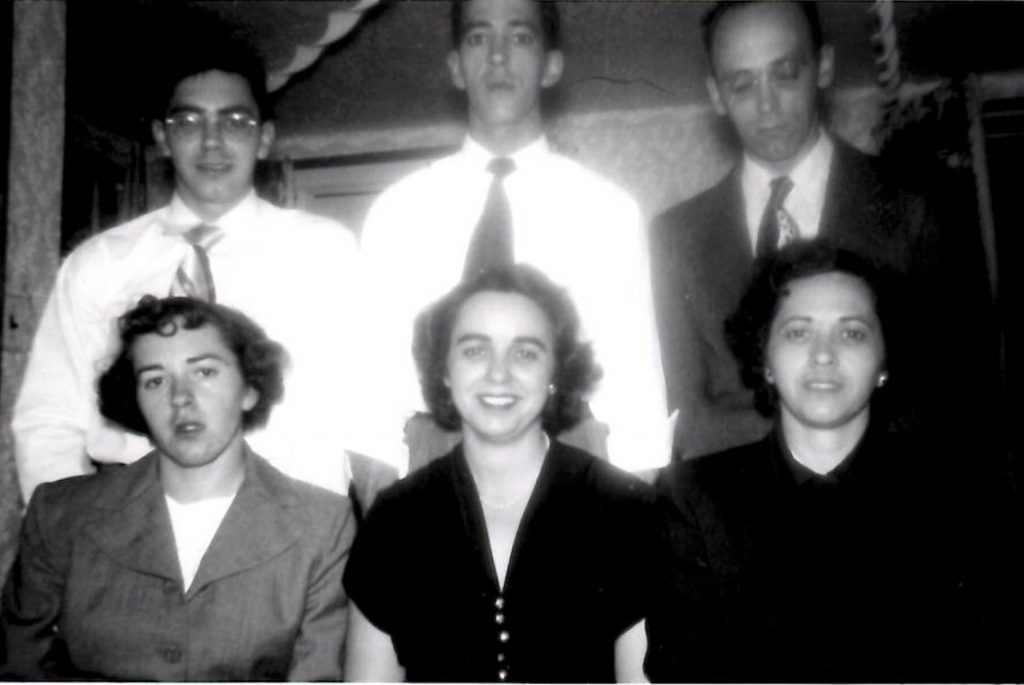
After the war, in 1950, Cecilia married a WWII veteran, James Louis Murphy. Cecilia passed away in 1984, at the age of 67, in the city where she grew up. Cecilia’s little brother Richard was a veteran of the 1st Marine Division in the Korean War. He passed away at the age of 85, being the last generation of his family born in the USA.
Carmen Arabia i Gironés
Of the 57 Catalans identified in our study (4% of all those enlisted who were from Spain), 45 were from the province of Barcelona. Only five came from Girona, the province of birth of Carmen Arabia i Gironés, another five from Tarragona, and two from Lleida. About 50% of them chose New York as the final destination of their migratory journey. This was also the destination chosen by Carmen’s family.
Carmen was born in 1905 in Sant Feliu de Guixols. Her parents were José Emilio Camilo Arabia i Bruguera — born in 1862 in Arenys de Mar, in the province of Barcelona — and Magdalena Ramona María Gironés i Comas — born in 1872 in Sant Feliu de Guixols. Carmen and her family emigrated to the United States in 1914, a month after the start of the Great War. She was 8 years old. She was accompanied by her sisters: Teresa “Theresa” (1894-1987), María (1908-1995), and Concepción “Conchita” (1912). The family settled in Brooklyn, New York City, where her father worked as an accountant for the International Cork Company, one of the largest cork factories in the country. After the death of her father in 1928, the family moved to Forest Hills, in the New York borough of Queens.
By then, Carmen’s older sister, Teresa, had married Joan “John” Agell Castells [1], born in Barcelona in 1891, who after a period in Cuba — in 1913 he was appointed secretary of the Catalan Center of Santiago — arrived at the Port of New York in 1916. At the beginning of the 1930s, Joan was elected secretary of the Catalan Nationalist Center of New York, founded in 1920. This group adopted the “Estelada” and proposed to adopt American nationality and renounce Spanish nationality during the dictatorship of Primo de Rivera, similar to what Jon Bilbao (subdelegate of the Basque Government in exile) would propose years later in the context of WWII. Carmen and her sisters resided with Teresa and her husband for a time in the early 1940s.
Carmen studied at Hunter College in New York (an academic institution dedicated exclusively to women) and at Columbia University. In 1932 she obtained American citizenship. “I will support and defend the Constitution and laws of the United States of America against all enemies, foreign and domestic,” so she recited as part of her oath of allegiance to the country of her adoption. Little would would have imagined, back then, that those words would become reality a few years later.
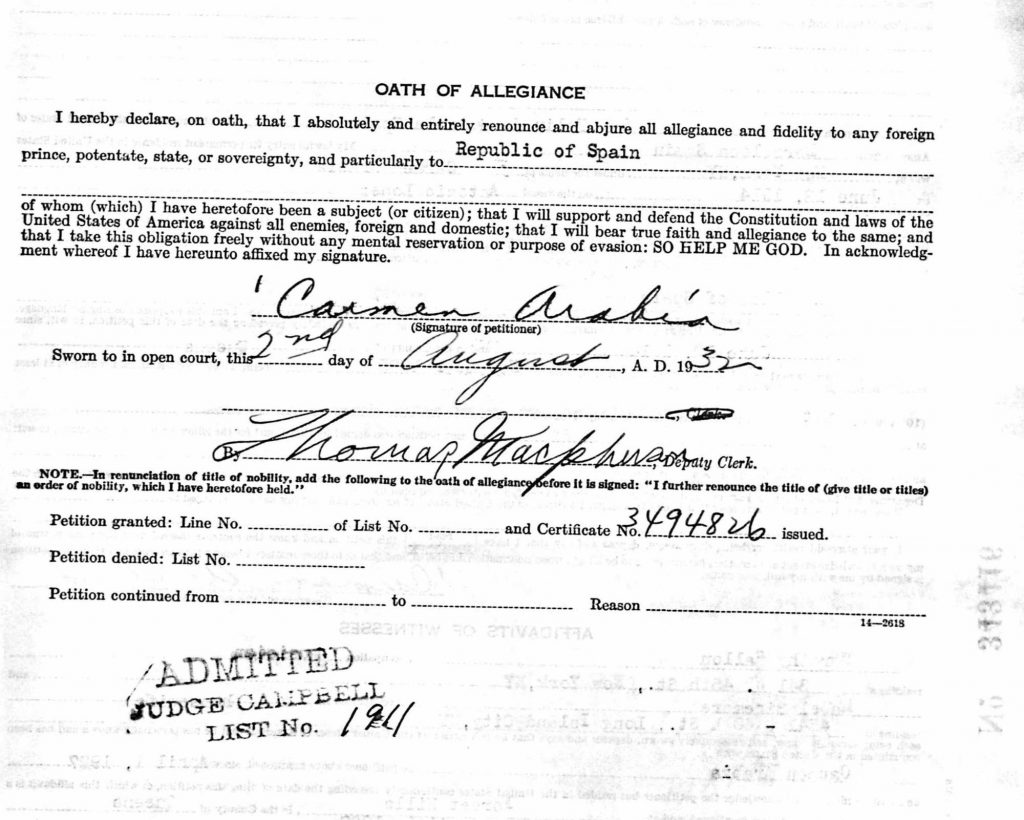
Carmen was working as a secretary and office clerk when she enlisted in the Women’s Army Corps in New York City three weeks after Cecilia Corcuera joined in March 1943. She was 37 years old. In June 1944, she was sent to the Pacific Theater of Operations. It is estimated that a total of 5,500 WAC women were sent to this military front in mid-1944, serving in both Papua New Guinea and the Philippines (since November 1944). Without appropriate uniforms to combat the tropical climate (they were equipped with winter clothing), they were haunted by the diseases typical of the region (for example, malaria) as well as the physical and social isolation they suffered to avoid harassment from their male colleagues (they were locked in their own facilities protected by barbed wire after finishing their work shifts). Such factors greatly hindered the execution of their duties and led to increasing sick leave [2]. Even so, their work was essential to ensure success on the various military fronts.
Given the prison-like conditions of women in New Guinea, it is not surprising that Carmen might have become acquainted with the woman that would become Colonel María Rementería Llona, born in 1917 in Hagerman, Idaho, to Bizkaian parents. Rementería enlisted in the Army Nurse Corps in 1943, serving as a lieutenant in the New Guinea campaign until the end of the war. As of today, she is the woman of Basque origin with the highest military rank that we have identified in our work.
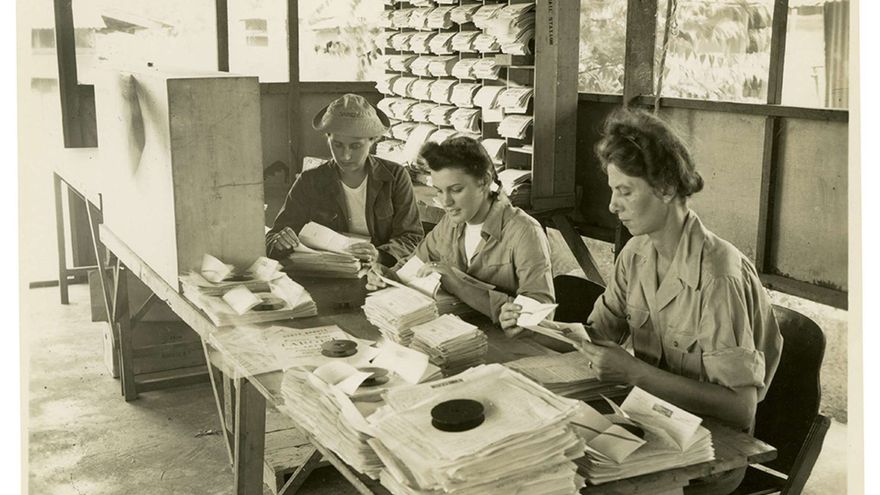
Carmen was in charge of the foreign languages section of the Censorship Detachment in New Guinea and the Philippines, where she remained until the end of the war. A large number of the officers like Carmen were employed as censors of the troops’ mail. The objective was to review and, where appropriate, censor the epistolary communications between the soldiers and their families and friends, to protect confidential information related to the war. Carmen achieved the rank of First Lieutenant in December 1944. She was married twice in her lifetime. She passed away in 1996, at the age of 90, in the city of Rising Sun, in the State of Maryland.
The biographies of Corcuera and Arabia and their journey during WWII have been made with the tools of family history and following the methodology of our “Fighting Basques” project. Both constitute an excellent example of the commitment that many women voluntarily assumed in the defense of their country — in this case, adopted — and even more, their vital journeys allow the prosopography of part of the Spanish emigration to the United States. But all this would not be more than an anecdotal footnote in the immense activities of the US Army if it were not for what really gives this study value: that their achievements — and those of all of those who fought in the Great War — went beyond those of their parents, since in their own right they became part of the so-called “generation of sacrifice,” which emerged victorious from WWII after defeating totalitarianism. It is this special juncture that takes us from the studies of emigration or diaspora to memory, a memory that was until now unknown to us.
[1] Alcolea, Fernando. (2014). “Joan Agell Castells.”
[2] Treadwell, Mattie E. (1954). The Women’s Army Corps. Washington D.C.: Office of the Chief of Military History, Department of the Army.
Collaborate with ‘Echoes of two wars, 1936-1945’
If you want to collaborate with “Echoes of two wars,” send us an original article on any aspect of WWII or the Civil War and Basque or Navarre participation to the following email: sanchobeurko@gmail.com. Articles selected for publication will receive a signed copy of Combatientes Vascos en la Segunda Guerra Mundial.

